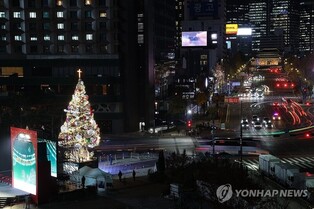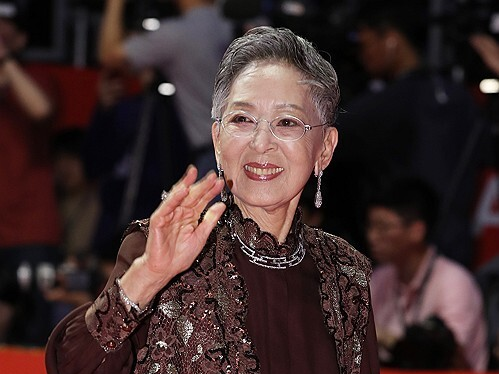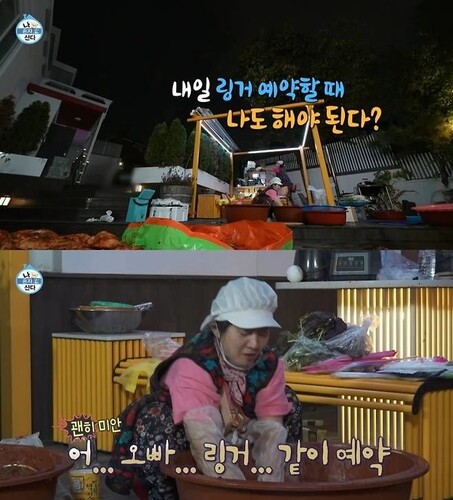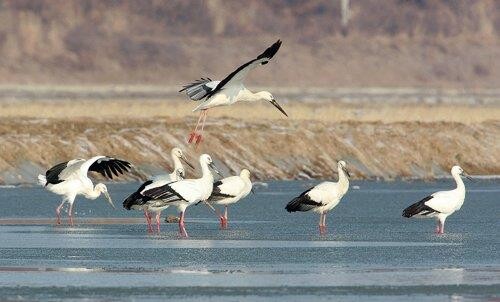 |
| ▲This photo, provided by Seosan city, shows storks living in Seosan city. (PHOTO NOT FOR SALE) (Yonhap) |
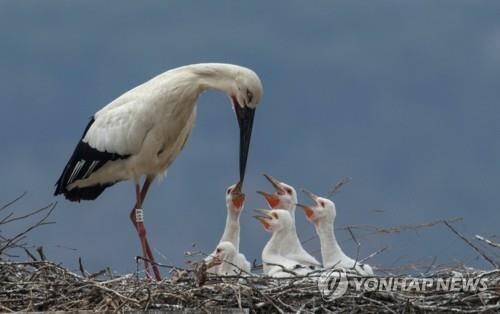 |
| ▲This photo shows stork taking care of baby storks. (Yonhap) |
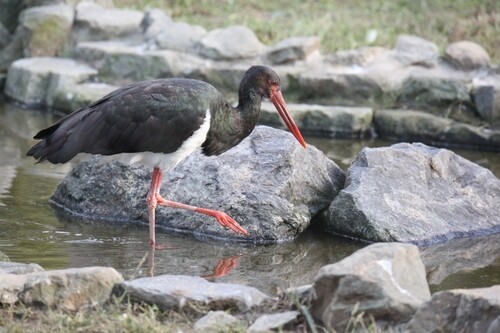 |
| ▲This photo shows black-headed stork. (Yonhap) |
 |
| ▲This photo shows stork flying while snowing. (Yonhap) |
SEOUL, Oct. 24 (Yonhap) -- Winter migratory bird stork is a natural monument in Korea and categorized as EN (endangered) on the red list, a list of endangered animals by International Union for Conservation of Nature (IUCN).
Only about 1000~2500 storks are estimated to be alive in the world, and around March to May, they breed at southern area of the maritime province and northeastern part of China etc, and around Oct., they come down to Korea, Japan, south of China etc. and stay for winter.
According to National Institue of Ecology on last Sunday, Korea has signed an MOU with Amur branch of World WIde Fund for Nature (WWF) Russia in Nov. 2019 to build artificial nest to to preserve breeding place of storks and co-research on their moving routes.
Building articial breeding nest is a habitat preservation work that considered the habits of storks, which usually build nest on 5-20 m tree and re-use the nest annually.
Researchers of both countries, for two years from 2020 to 2021, installed 10 artificial nests at Lake Khanka in Russia, the habitat place, and 6 at Tumen river, the middle stopper.
One couple of storks has bred at an artificial nest in lake Khanka last year.
National Institute of Ecology and Amur branch of WWF Russia had planned to carry out this work for 3 years until this year.
However, the Urkraine crisis, which began in last Feb., is holding it back.
The then government had no choice but to decide restrain the visiting of site in Russia because at the time, there was special travel advisory for all countries including Russia due to COVID 19 and the Urkraine crisis broke out.
Researchers had planned to establish 8 artificial nests this year and attach GPS on baby bird ready to leave the nest, but the plan has been delayed to next year due to the difficulty of Korean researchers to visit Russia.
The financial support for the installment of artificial nest also became difficult fund due to international financial restriction on Russia.
Researchers had thought to finish the work by this year and expand the subject of study to crane next year, but future schedules have become unclear.
Team leader of Endangered special restoration center of National Institute of Ecology, Yoon Jong-min, said, "The connection between wintering pond and habit places are important for storks," adding, "For birds which pass the winter at the Korean Peninsula, the preservation of habitat at breeding place such as Russia etc. and the research must go together."
Yoon leader said, "There is a need to preserve the ecological axis of the Korean Peninsula," adding, "In order to expand the subject of study to winter birds, not just stork, countries need to cooperate."
Types of stork-related birds which can be seen at the Korean peninsula are two, stork and black-headed stork.
Black-headed stork, like the stork, is natural monument and classified as endangered wildlife class 1. It is known that around 100 of them live in Asia.
(This article is translated from Korean to English by Jiwon Woo.)
(END)
(C) Yonhap News Agency. All Rights Reserved


















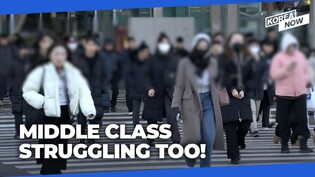

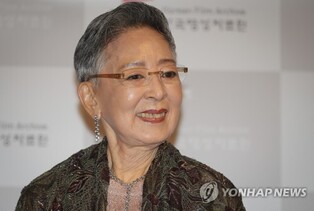
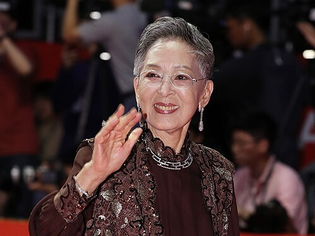
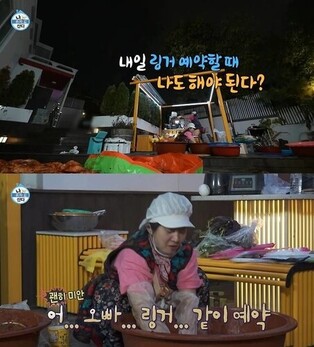

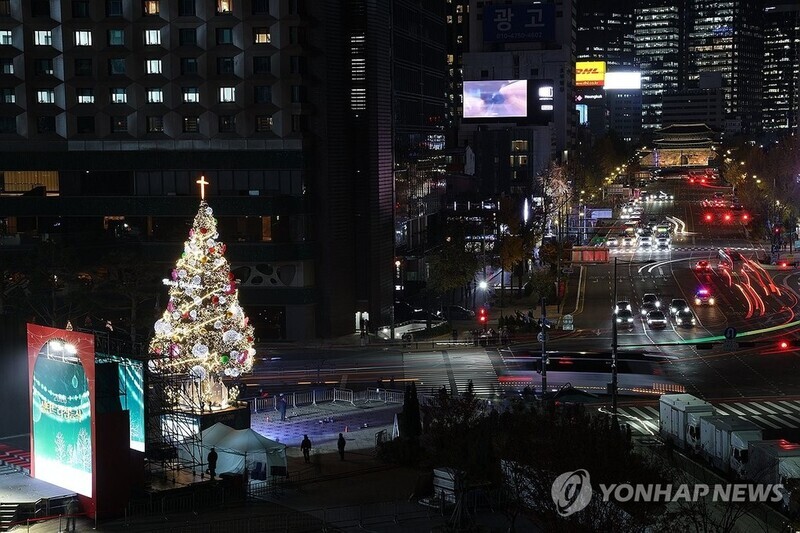

![[가요소식] 10대 싱어송라이터 민서, 데뷔 싱글](/news/data/20251211/yna1065624915952705_742_h2.jpg)
